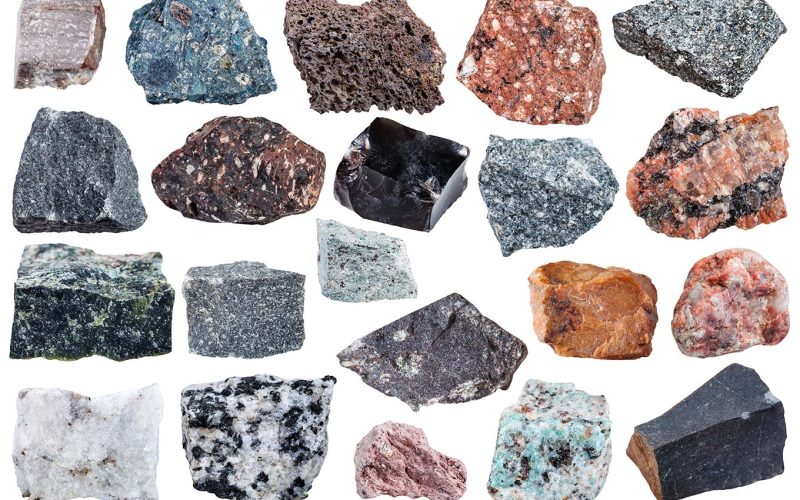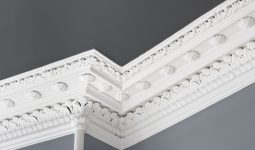Many different types of stones can be used as construction materials, including basalt, marble, limestone, sandstone, quartzite, travertine, slate, gneiss, laterite, and granite.
Building stones should be firm, robust, and rugged, with no weathered soft spots of material, fissures, or other faults that reduce strength and durability.
Quarrying from huge solid rocks yields stones for construction.
Many of these goods can be classified as Natural Stone or Man-Made Stone, the simplest way to describe them.
Natural stone is any rock found in nature used for construction or decoration.
Like all rock, it was created over thousands, millions, or even hundreds of millions of years by natural geological processes.
Each type of stone lends itself to various construction purposes based on its qualities.
Certain varieties, such as basalt and granite, offer better properties, such as compressive solid strength and durability, and are thus used in big construction projects.
However, some stones, such as gneiss, are acceptable for small construction activities due to their properties (such as poor compressive strength and toxic elements in their constituents).
Stones are employed as building materials and decorative elements. Please read on as we discuss some of the different types of stones.
1. Basalt
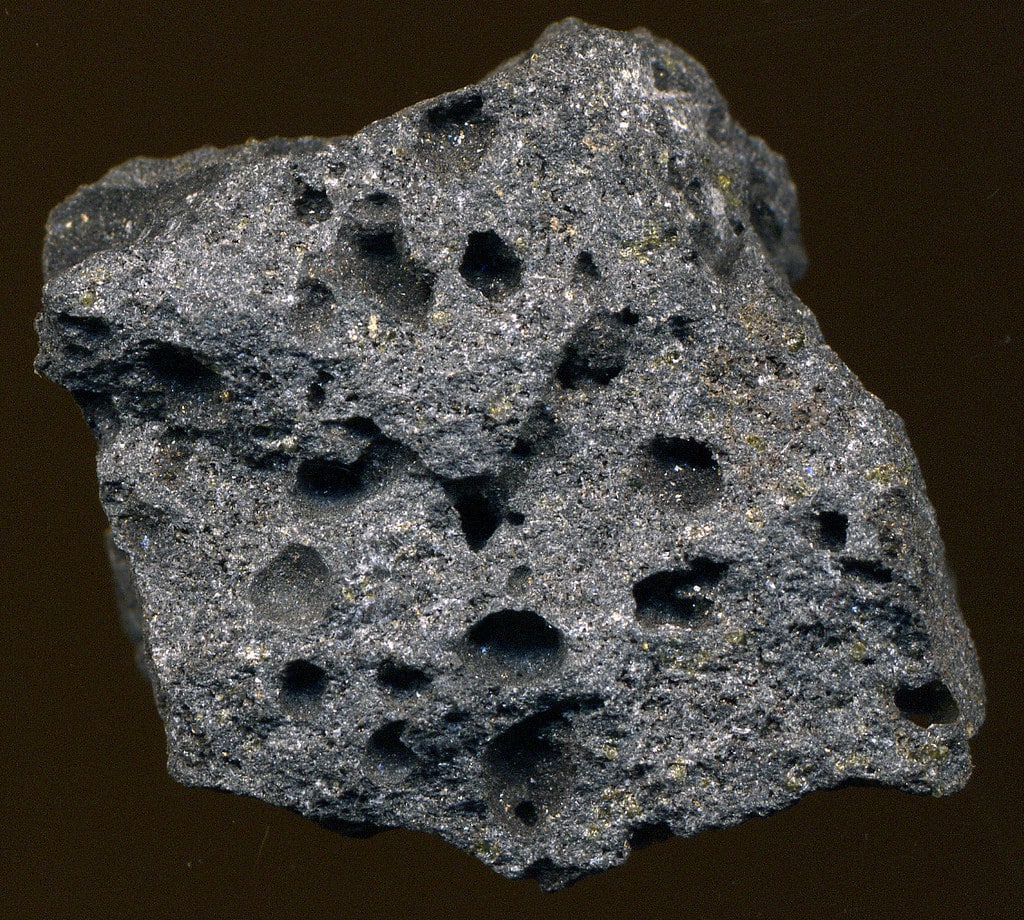
Basalt stone, sometimes called traps, is widely used in road construction, concrete manufacturing, and rubble masonry for bridge piers, river walls, and dams.
The basalt stone structure is compact and medium to fine-grained. This stone’s compressive strength ranges from 200MPa to 350MPa, and its weight ranges from 18KN/m3 to 29KN/m3.
Furthermore, Basalt is weather-resistant, moisture-resistant, extremely hard, and challenging to fashion into refined shapes. Basalt ranges in color from dark gray to black.
2. Granite

Granite is a type of igneous rock. AlsomGranite is a challenging and long-lasting material. It also comes in a variety of hues.
Granite is utilized in construction projects such as steps, walls, kitchens, door and window frames, etc. However, it’s not meant for carving.
Also, Granite’s specific gravity ranges from 2.0 to 2.7, and its compressive strength ranges from 770 to 1300 kg/cm2.
It can be found in a variety of locations. This is one of the different types of stones.
3. Sandstone

In the construction of massive structures, sandstones are combined with silica cement. This is one of the different types of stones.
It’s used in masonry, dams, bridge piers, and river barriers, among other things.
It is made of quartz and feldspar and comes in various colors, including white, grey, red, buff, brown, yellow, and dark gray.
The compressive strength ranges from 20 to 170 MPa, with a specific gravity of 1.85 to 2.7.
It should be noted that sandstone is inappropriate for building construction due to deterioration.
4. Slate

The building capabilities of slate vary greatly depending on the sheets’ thickness and the rock’s color. Slate is one of the different types of Stones.
Furthermore, Roofing tiles, slabs, and pavements are all made of it. This mixture consists of quartz, mica, and clay minerals.
Slate’s compressive strength varies between 100 and 200 MPa, and its hue ranges from dark gray to greenish-gray, purple-gray, and black. It has a fine-grained structure and a specific gravity of 2.6 to 2.7.
5. Limestone

Limestones are generally unsuitable for construction. Undesirable kinds include a lot of clay or are very soft.
Dense, compact, and fine-textured types free of voids and fissures may be dressed and polished.
Furthermore, Limestone is a base material for cement and flooring, roofing, and pavements.
Also, limestones should not be used as face stones in areas where the air is polluted with industrial pollutants or in coastal regions where salty breezes might damage them.
6. Travertine
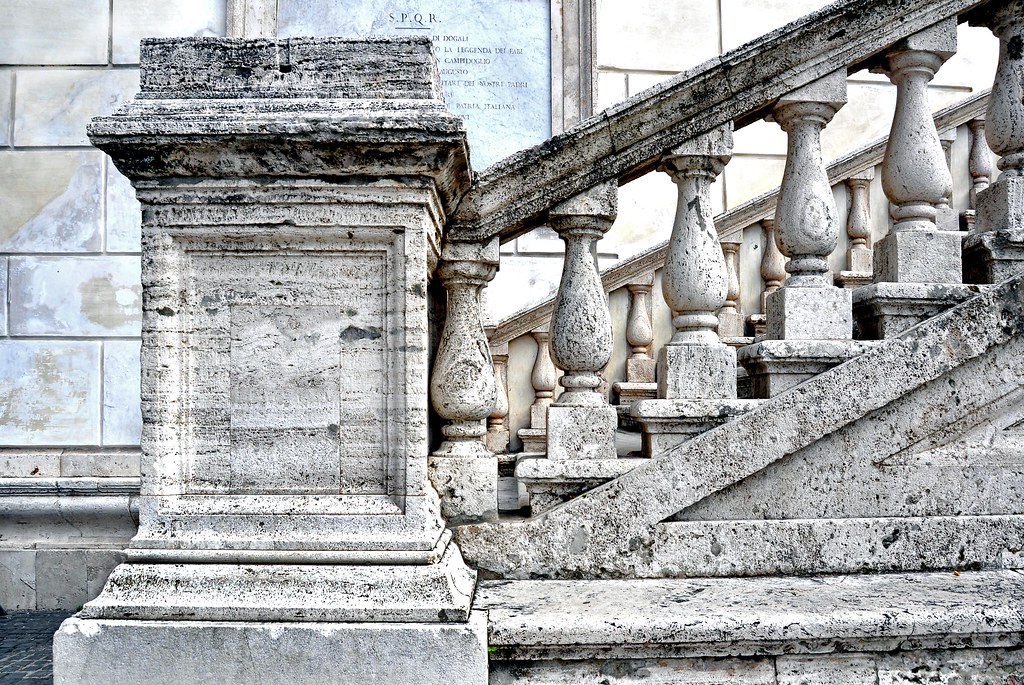
Another example of a calcareous stone is travertine. It’s one of the different types of stones that arise from a chemically distinct sedimentary stone, allowing larger crystalline formations to grow through many microscopic holes in the stone’s body.
These holes are frequently sealed with cement or epoxy during slab manufacturing, giving travertine its distinct appearance.
Like marble and other limestones, Travertine is best used indoors, away from the thermal shock of sudden and large temperature fluctuations.
7. Laterine
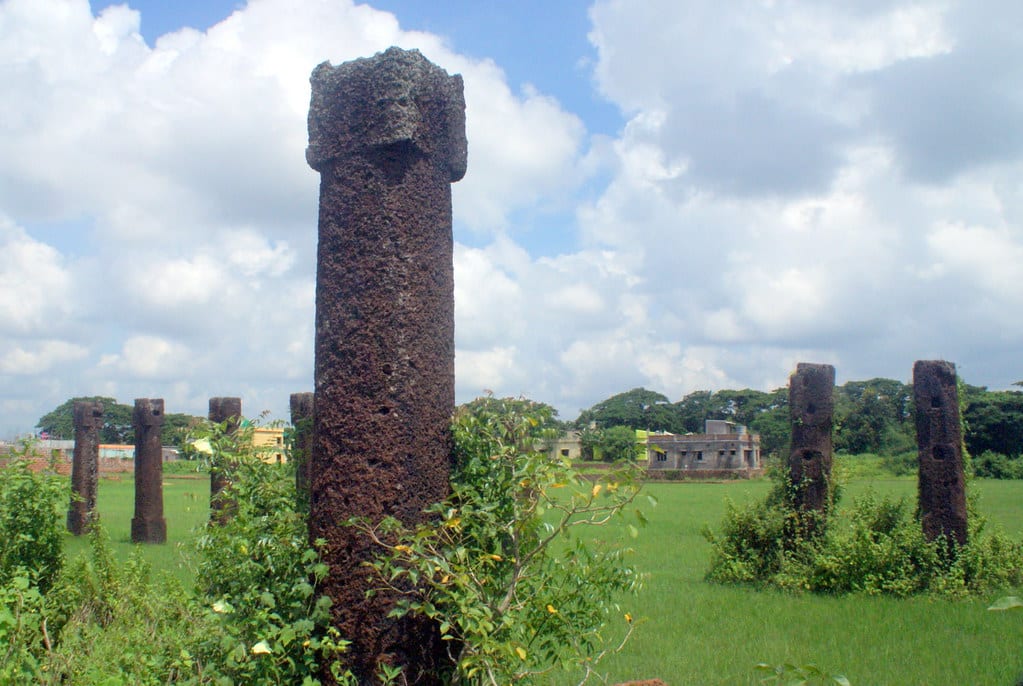
Laterite is a building stone that must be plastered on the outside. It has a high iron oxide content and may be easily cut into blocks.
Laterite comes in soft and hard variants, and its compressive strength ranges from 1.9 to 2.3 MPa, with seasoning increasing its strength.
Laterite comes in various colors: brownish, red, yellow, brown, and grey.
8. Marble

Marble is employed in columns, flooring, and steps for facing and ornamental work. Its compressive strength ranges from 70 to 75 MPa.
Marble stones are rigid, have a consistent texture, are less porous, and polish well.
It’s simple to cut and carve into various shapes. Marble comes in a variety of colors, including white and pink.
9. Gneiss
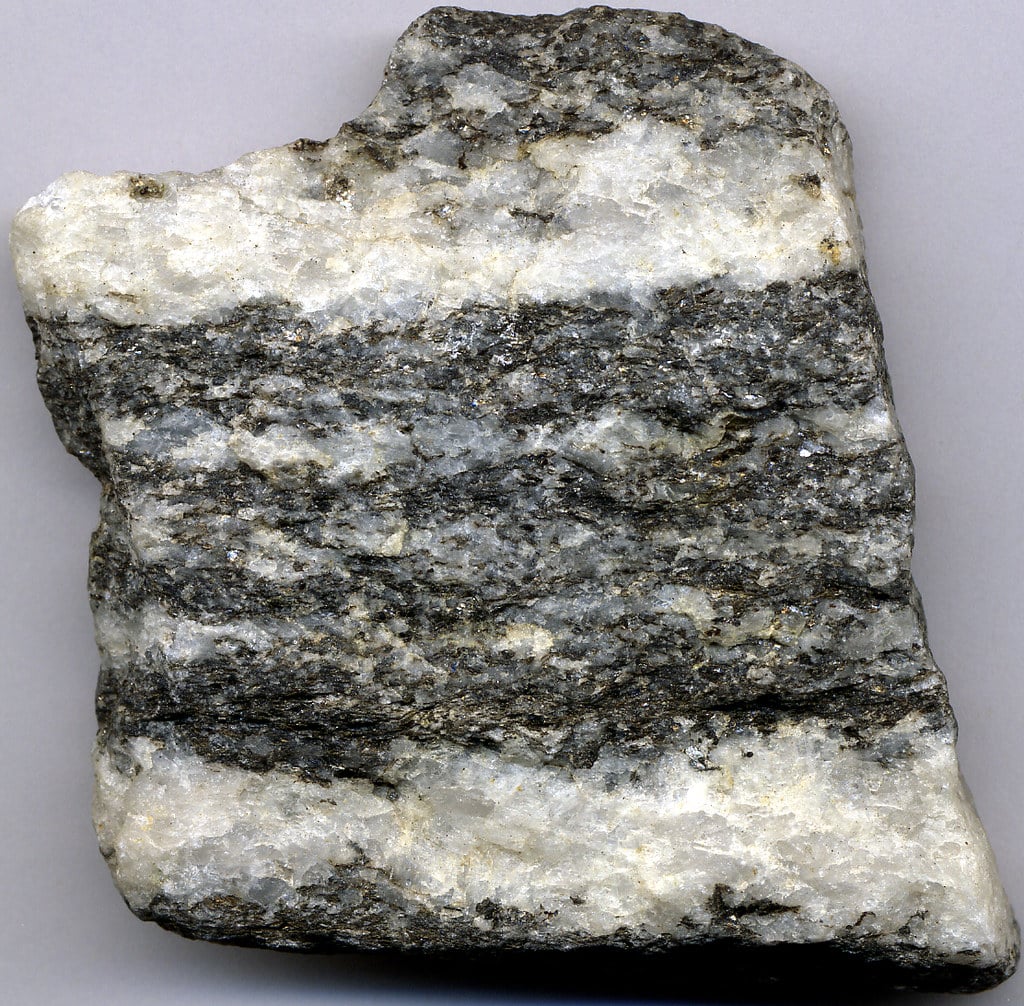
Because harmful elements in its constituents make it unsuitable for building construction, this stone is only utilized for small construction.
On the other hand, complex gneiss stone variants can be used in construction.
Furthermore, its compression strength ranges between 50 and 200 MPa. It is available in various colors: light grey, pink, purple, greenish-gray, and dark grey.
10. Quartzite

It’s used to make building blocks, slabs, and concrete aggregate. Also, this is one of the different types of stones.
Quartzite has a fine to coarse grain structure, is mainly granular and branded, and is primarily made of feldspar and mica in minor amounts.
Also, Crushing strength ranges from 50 to 300 MPa. They come in various colors, including white, gray, and yellowish.




